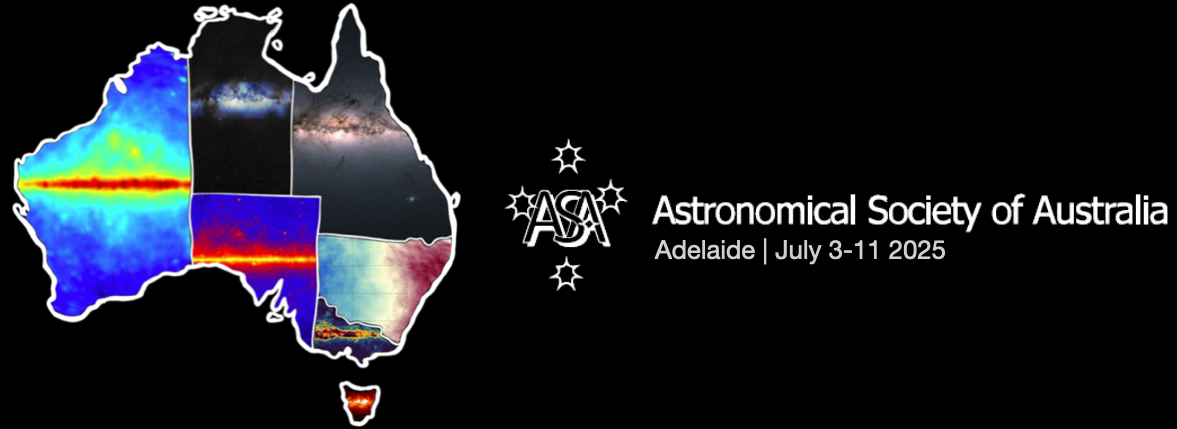Speaker
Description
The early success of JWST provides an exceptional opportunity to study the atmospheres of exoplanets with unprecedented detail. However, most (>65%) confirmed transiting exoplanets will not be accessible to JWST during the mission’s lifetime. This widespread problem is due mostly to ephemeris degradation: uncertainties on transit time and period compound over time, which can culminate in predicted future transits being off by hours to days when targeting planets years later. With this in mind, I am leading the K2 & TESS Synergy, a large-scale effort to reanalyse all ~300 systems originally discovered by NASA's K2 mission with new observations from TESS. We combine light curves from both missions along with archival radial velocities, Gaia parallaxes, and spectral energy distributions in global fits which not only updates the ephemerides, but also allows us to build a self-consistent homogeneous catalogue of system parameters for future population studies. We have now made ~70 K2 planetary systems accessible to JWST (including the top 50 transmission spectroscopy targets), and identified multiple systems with incorrect transit ephemerides due to systematics in the discovery observations. I will discuss the impact of these results for future characterisation efforts, our effort to recover the lost ephemeris of K2's first exoplanet discovery, and our plans to complete the full K2 catalogue. Efforts like the K2 & TESS Synergy will ensure the accessibility of transiting planets for future characterisation while leading to a self-consistent catalogue of stellar and planetary parameters for future population work.

